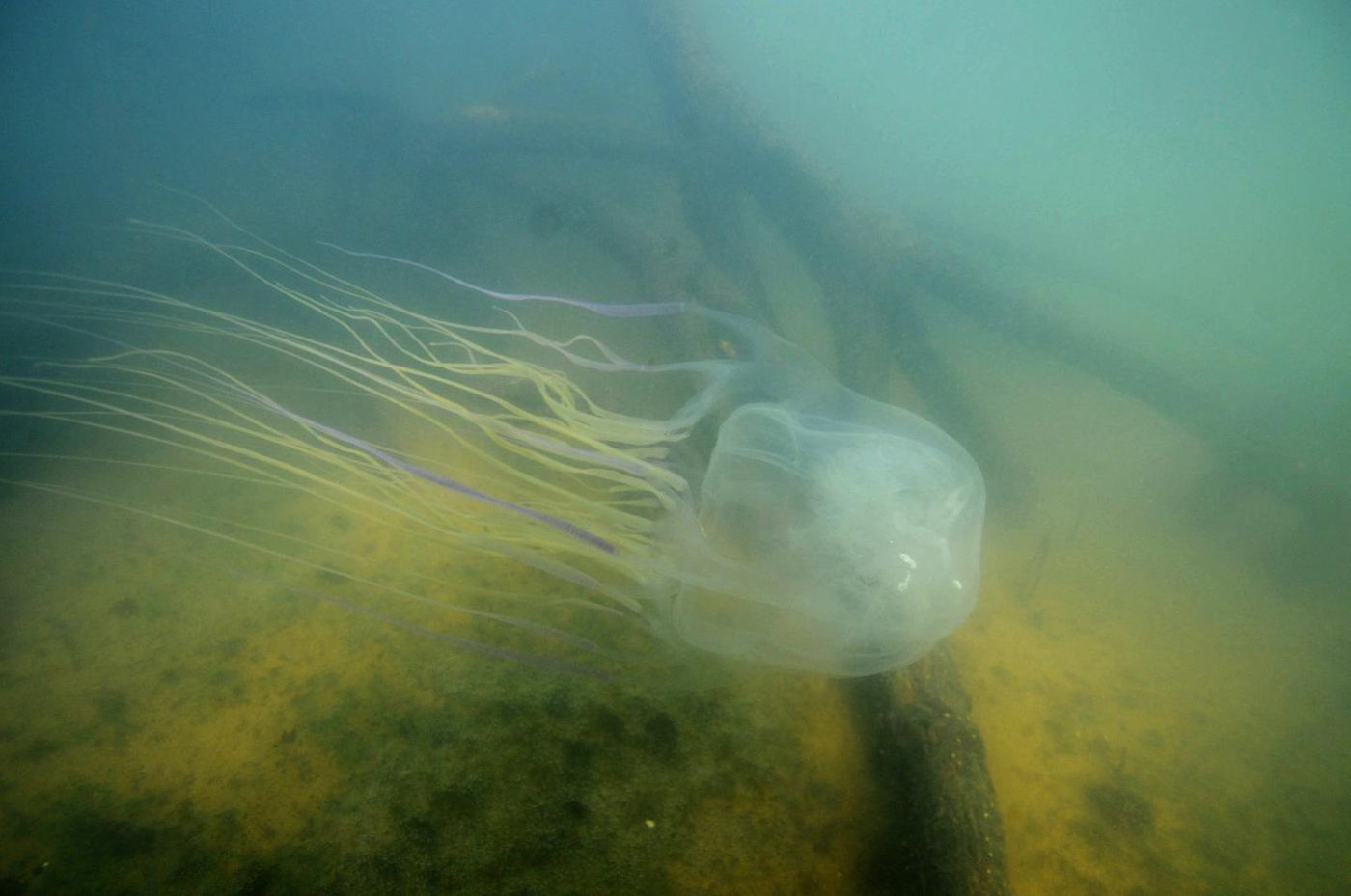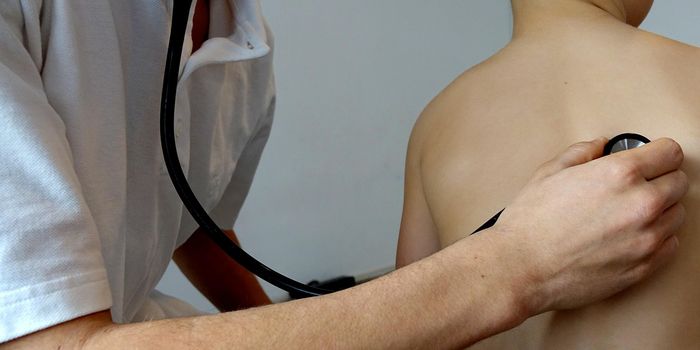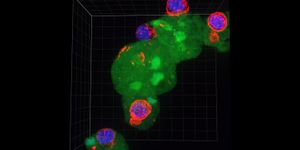Antidote to Deadly Box Jellyfish Venom Developed Using CRISPR
One of the deadliest animals on earth is the Australian box jellyfish; they are the most venomous marine creature and the toxins they produce attack skin cells, the heart, and the nervous system. One sting can cause cardiac arrest and death with only minutes, and one box jellyfish has enough venom to kill over sixty people. University of Sydney researchers have now gained insight into how the venom works, using CRISPR gene editing tools. They have also developed a treatment for the deadly sting. This antidote, reported in Nature Communications, can stop the symptoms caused by the poison - if it’s administered within fifteen minutes of the encounter.
"We were looking at how the venom works, to try to better understand how it causes pain. Using new CRISPR genome editing techniques we could quickly identify how this venom kills human cells. Luckily, there was already a drug that could act on the pathway the venom uses to kill cells, and when we tried this drug as a venom antidote on mice, we found it could block the tissue scarring and pain related to jellyfish stings," explained the senior author of the report Associate Professor Greg Neely of the Charles Perkins Centre at University of Sydney. "It is super exciting."
In this work, different genes were removed from a massive amount of cells, which were then exposed to the box jellyfish venom. The venom will kill cells at high doses, and the scientists looked for the survivors. Then they sequenced the genomes of those surviving cells, identifying the human genes that enabled the venom to exert its effect.
"The jellyfish venom pathway we identified in this study requires cholesterol, and since there are lots of drugs available that target cholesterol, we could try to block this pathway to see how this impacted venom activity. We took one of those drugs, which we know is safe for human use, and we used it against the venom, and it worked," said the lead author of the study Dr. Raymond (Man-Tat) Lau. "It's a molecular antidote."
The antidote they developed was first tested on cells, where it worked. Next, they used a mouse model, and again it was effective. They plan to create a way to apply it to human skin.
"We know the drug will stop the necrosis, skin scarring and the pain completely when applied to the skin," said Neely. "We don't know yet if it will stop a heart attack. That will need more research and we are applying for funding to continue this work."
Box jellies are mostly found in coastal waters off Northern Australia and around the Philippines. The Australian box jellyfish has around 60 tentacles, with millions of tiny venom-filled hooks. They can actively swim up to 7.5 kilometers an hour when hunting. If they sting a person, anecdotal evidence indicates that flushing the area with very hot water for twenty minutes or vinegar for thirty seconds might help. CPR has to be continuously performed if it’s a major sting.
"Our antidote is a medicine that blocks the venom," said Neely. "You need to get it onto the site within 15 minutes. In our study, we injected it. But the plan would be a spray or a topical cream. The argument against a cream is when you are stung it leaves lots of little stingers in you so if you rub the cream on it might be squeezing more venom into you. But if you spray, it could neutralize what's left outside of your body."
"Most of our work is directed at developing non-addictive pain killers for humans," Neely added. "One way we do this is to figure out how painful venoms from Australian creatures work using brand new CRISPR technology. It is super cool."
Sources: AAAS/Eurekalert! via University of Sydney, Nature Communications









